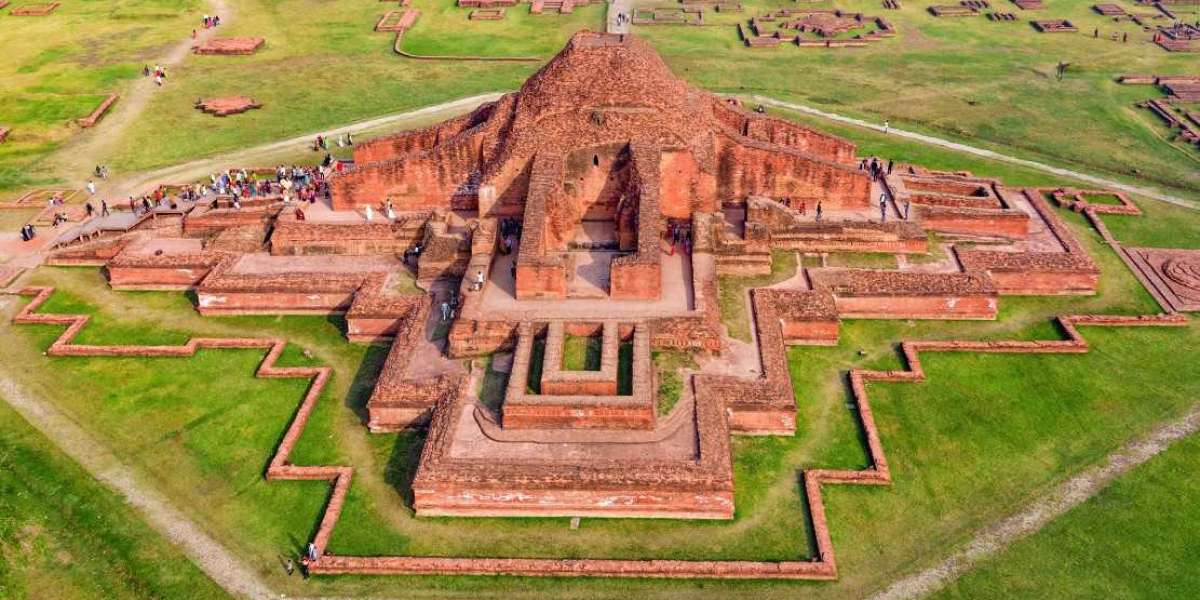A hunting knife is an essential tool for outdoor enthusiasts, hunters, and adventurers alike. Designed for tasks such as field dressing game, carving, and general outdoor utility, these knives are built to endure rugged conditions and perform with precision. This guide will explore the key aspects of hunting knives, including their design, types, features, and tips for selection and maintenance.
Types of Hunting Knives
1. Fixed-Blade Hunting Knives
- Definition Design: Fixed-blade knives feature a single, solid piece of metal extending from the handle to the tip of the blade. They are typically stronger, more durable, and more reliable in extreme conditions compared to folding knives.
- Pros: Superior strength, no risk of mechanical failure, and better stability for heavy-duty tasks.
- Cons: Heavier and bulkier, less convenient to carry due to their fixed nature.
2. Folding Hunting Knives
- Definition Design: Folding knives feature a blade that folds into the handle, making them more compact and easier to carry.
- Pros: Lightweight, portable, and easy to store in pockets or packs.
- Cons: Reduced strength and stability due to the folding mechanism.
Blade Material
The blade material is crucial in determining the performance and durability of a hunting knife.
1. Carbon Steel Blades
- Characteristics: Known for their sharp edge retention and ease of re-sharpening.
- Pros: Excellent edge-holding, durability, and toughness.
- Cons: Prone to rust and corrosion if not maintained properly. Requires regular care.
2. Stainless Steel Blades
- Characteristics: Resists corrosion, is easy to maintain, and holds an edge reasonably well.
- Pros: Corrosion resistance, lower maintenance needs, and toughness.
- Cons: Generally not as sharp as carbon steel and may require more frequent sharpening.
3. Ceramic Blades
- Characteristics: Extremely sharp and lightweight but more brittle and prone to chipping.
- Pros: Exceptional edge retention and sharpness.
- Cons: Fragility and limited suitability for heavy-duty tasks.
Blade Design and Profile
1. Drop Point Blade
- Features: The blade spine curves gently towards the tip, providing good control and strength.
- Uses: Versatile for skinning, slicing, and utility tasks.
- Pros: Strong and reliable, ideal for general hunting tasks.
2. Clip Point Blade
- Features: A concave shape from the spine to the tip, creating a sharp, pointed tip.
- Uses: Precision work, detailed tasks like skinning.
- Pros: Good for precision, particularly when making controlled cuts.
3. Tanto Blade
- Features: A straight-edged, flat grind with a strong, reinforced tip.
- Uses: Heavy-duty tasks, especially piercing or cutting through tough materials.
- Pros: Extremely durable and excellent for tactical use.
Handle Materials and Ergonomics
1. Materials
- Wood: Traditional, aesthetic, and comfortable but requires more maintenance.
- Micarta: Durable, water-resistant, and provides a secure grip.
- G-10: Lightweight, tough, and resistant to weather conditions.
- Rubber or Plastic: Affordable, lightweight, and offers excellent grip.
2. Ergonomics
- Grip Shape: A well-designed handle ensures comfort during extended use.
- Texturing: Provides better control and prevents slippage.
- Size: A handle that fits your hand properly reduces fatigue during use.
Blade Length and Thickness
1. Blade Length
- Short Blades: Generally range from 3 to 5 inches. Ideal for light tasks like skinning or carving.
- Long Blades: Typically between 6 to 8 inches. Suitable for heavier tasks like cutting through tougher materials or large game.
2. Blade Thickness
- Thin Blades: Lighter and easier for detailed tasks but less durable.
- Thicker Blades: Stronger and more capable of handling heavy-duty cutting.
Uses of a Hunting Knife
1. Field Dressing
A hunting knife is essential for gutting, skinning, and processing game in the field. A durable, sharp blade ensures efficiency and minimizes damage to the meat.
2. Slicing and Cutting
Whether slicing meat, carving wood, or cutting rope, a hunting knife excels in precise cuts and general utility tasks.
3. Tactical and Survival Use
Many hunters rely on hunting knives for survival situations, including creating shelter, building fire, and cutting materials.
Tips for Choosing the Right Hunting Knife
1. Purpose and Task
Determine what tasks you’ll use the knife for most (field dressing, utility, survival, etc.).
- Fixed-blade knives are better for heavy-duty tasks.
- Folding knives are more convenient for portability.
2. Blade Material
- Carbon steel is best for edge retention but requires more maintenance.
- Stainless steel is ideal for low-maintenance, corrosion-resistant performance.
3. Handle Comfort
A comfortable grip is crucial for long-term use. Test different handles to ensure a secure, ergonomic fit.
4. Durability and Construction
Look for full-tang construction (where the blade extends through the handle) for superior strength and durability.
Maintenance and Care
To ensure the longevity of your hunting knife:
- Sharpening: Keep the blade sharp for optimal performance.
- Cleaning: Clean and dry the blade after use to prevent rust or corrosion.
- Storage: Store the knife in a dry, protected sheath to avoid exposure to moisture.
Conclusion
A hunting knife is a versatile and essential tool for anyone venturing into the outdoors. By understanding the different types, materials, and features, you can select the best knife for your needs. Proper maintenance ensures longevity, while the right design and ergonomics enhance comfort and efficiency. Whether you’re a seasoned hunter or an outdoor enthusiast, investing in a quality hunting knife will prove invaluable in your adventures.







